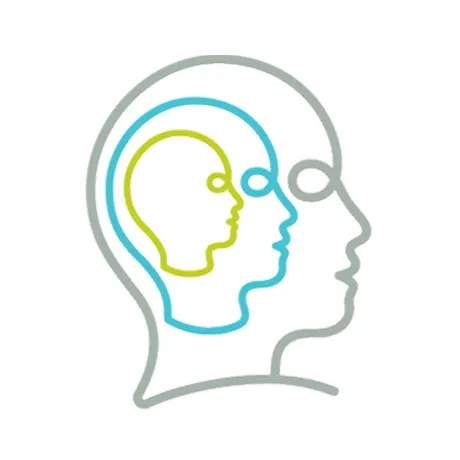Can my child safely take medications for multiple problems?
There is very little scientific evidence about the safety and effectiveness of multiple psychotropic medications in children. There haven’t been good long-term trials of combined medication in children. And there aren’t likely to be. A double-blind study would involve putting some children with serious problems on placebos for a long period of time. This would be considered unethical.
But there is substantial clinical experience that kids can safely take medication “cocktails” if they are prescribed by a doctor who is well trained and experienced in treating children and adolescents with these medications. Experience treating adults is not enough. Children don’t always respond to these medications the same way adults do.
Ron Steingard, MD, a child and adolescent psychiatrist at the Child Mind Institute, says that a good clinician will first try any appropriate behavioral treatments. These treatments have been shown to be helpful to kids with many issues, including ADHD, anxiety, and depression.
The combination of a single medication and behavioral treatment should be carefully considered before more meds are added.
Things to look out for if your doctor is proposing multiple medications:
Your clinician should have training and experience in treating children — not just adults — with the medications.
Medications for your child should not be prescribed by two different doctors unless they are coordinating their care and communicating with each other closely.
Whenever a new medication is introduced, your doctor should explain clearly what symptoms it is expected to treat, and how you will measure whether the medication is helping your child.
Your doctor should explain what side effects to watch for, as well as anything in your child’s mood or behavior that might indicate that your child is having a bad reaction.
If a medication isn’t working, or is barely helping, your doctor should reevaluate the diagnosis and the first treatment before adding other medications.
If your child is experiencing side effects from one medication, it’s advisable to explore either cutting back on the dose or switching medications rather than adding another med to treat side effects.
Guidelines for adding a medication:
Meds should be introduced one at a time. This way, you and your doctor can monitor any side effects and measure the effects on your child’s mood and behavior.
If your child is taking more than one medication, dosages should be changed one at a time. It’s impossible to evaluate the effect of each change if more than one is altered.
New medications should be added and dosage changes made when your child’s life and routine are stable. Avoid making changes at the start of a new school year, during vacation, or after a move.
Don’t assume that any change, for better or worse, is a result of the medication. Pay attention to other changes in your child’s life at home and at school that might affect your child’s emotions and behavior.
What should you look out for if a child is taking multiple medications?
Medications may interact in a way that increases uncomfortable or harmful side effects. For instance, explains Steingard, you can get overlapping side effects. If one medication causes mild drowsiness and the second does the same thing, the combination might be too much. Your child might feel groggy and unlike themself.
Two medications that use the same metabolic pathway can be overwhelming, Steingard adds. A buildup of medication can create the kind of side effects you’d see with a much higher dose of one of the meds.
What should you do if you are concerned that your child may be on too many meds?
Steingard recommends going to your prescribing doctor with your concerns. Talk about getting a second opinion. It’s your right, and it’s common in other areas of medicine. A good doctor will be supportive and may be able to help you find another clinician to review your child’s case.
How much is too much?
The children most at risk for taking multiple medications that could be harmful are those with disruptive or dangerous behavior. The primary care physician or psychiatrist is, understandably, likely to try whatever pharmaceutical tools are available. If one medication helps a little, but not enough, doctors may add medications to try to get a better outcome. And another. And so on.
Steingard recommends a cautious and thoughtful approach to medication. Behavioral supports should be explored fully before multiple medications are used.
If a child has learning or thinking differences and is frustrated at school, the student should have supports there. If the child is out of control at home, parent training can be very helpful. Anxiety and depression might also be causing aggression. Both respond well to behavioral treatments.
Thinking beyond medication is an important and often overlooked part of the solution to complex problems.

